In recent years, the concept of running with animals as companions has gained significant traction among fitness enthusiasts and pet owners alike. What was once a simple act of walking the dog has evolved into a full-fledged movement, with people of all ages and fitness levels embracing the idea of sharing their runs with furry friends. From dogs and horses to more unconventional partners like goats and even ducks, the world of animal running companions is as diverse as it is fascinating.
The Human-Animal Bond in Motion
The connection between humans and animals during physical activity goes beyond mere exercise. Studies have shown that running with an animal companion can significantly enhance the psychological benefits of the workout. The presence of a non-judgmental partner who shares in the physical challenge creates a unique bond that often leads to increased motivation and consistency in training routines. Many runners report that their animal companions seem to intuitively understand when to push the pace and when to offer emotional support during difficult moments in the run.
This phenomenon isn't limited to domesticated animals either. In some parts of the world, wildlife enthusiasts have developed remarkable relationships with wild animals that join them on their runs. There are documented cases of deer, foxes, and even kangaroos that have formed temporary running partnerships with humans in their natural habitats. While these wild encounters are unpredictable and shouldn't be forced, they speak to the universal language of movement that transcends species boundaries.
Training Considerations for Animal Running Partners
Responsible animal companionship during running requires careful consideration of the animal's physical capabilities and limitations. Dogs, being the most common running partners, need gradual conditioning just like human runners. Starting with short distances and slowly building endurance is crucial to prevent injuries. Paw protection becomes important on hot pavement or rough terrain, and hydration needs are often greater for four-legged runners than their human counterparts.
Equine running companions present their own set of considerations. While horses are natural runners, the dynamics of running alongside rather than riding requires specialized training for both human and animal. Some equestrian enthusiasts have developed techniques for synchronized running that maintain safety while allowing both partners to enjoy the workout. The rhythmic sound of hooves matching human footsteps creates a unique meditative experience that many find profoundly rewarding.
Unconventional Running Buddies Breaking Stereotypes
The animal running community has seen its share of unusual partnerships that challenge conventional wisdom. Goats (goats bred and trained for running) have become popular in certain circles for their endurance and cheerful disposition. Their sure-footedness makes them excellent trail running companions, and their playful nature adds an element of fun to workouts. Similarly, some runners have trained ducks to accompany them on jogs, with the birds waddling alongside at impressive speeds for short distances.
Perhaps most surprisingly, there are documented cases of runners forming bonds with rescued farm animals like pigs or cows who show unexpected enthusiasm for accompanying their human friends on outdoor excursions. These unconventional partnerships often begin by accident but develop into meaningful relationships that benefit both the animals' health and the runners' enjoyment of their sport.
The Therapeutic Benefits of Shared Runs
Beyond physical fitness, running with animals has demonstrated remarkable therapeutic value. Veterans with PTSD, individuals dealing with anxiety or depression, and people recovering from trauma have all reported significant benefits from incorporating animal running partners into their healing processes. The combination of physical exertion, outdoor exposure, and non-verbal companionship creates a powerful therapeutic cocktail that many find more effective than traditional treatments alone.
Animal shelters and rescue organizations have tapped into this therapeutic potential by creating programs that pair shelter dogs with runners. These initiatives provide much-needed exercise for the dogs while giving potential adopters a unique way to connect with their future pets. Many participants report that running together helps them understand a dog's personality and energy level better than traditional meet-and-greet sessions ever could.
Competitive Running With Animal Partners
The world of competitive sports has begun to recognize the potential of human-animal running teams. Canicross, the sport of cross-country running with dogs, has grown from a niche activity to an internationally recognized discipline with its own championships and governing bodies. Similar competitions are emerging for equine-human running teams, testing the synchronization and endurance of both partners in challenging courses.
These competitions aren't just about speed; they emphasize the quality of the partnership and the ability of human and animal to work as a team. Judges evaluate communication, mutual respect, and the evident bond between runner and companion as much as they do finishing times. This holistic approach to competition reflects the deeper values of the animal running movement.
Environmental and Conservation Connections
The animal running trend has unexpectedly contributed to environmental awareness and conservation efforts. Runners who regularly exercise with animal companions often develop a heightened appreciation for natural spaces and wildlife habitats. Many have become advocates for trail preservation and responsible outdoor recreation practices that protect the environments their animal partners enjoy.
Some conservation organizations have created innovative programs where runners can "sponsor" runs with endangered species in wildlife sanctuaries. While the runners don't physically run with these protected animals, the symbolic connection raises awareness and funds for conservation while honoring the spirit of interspecies athletic partnership. These programs have proven particularly effective at engaging new audiences in environmental causes.
The Future of Animal Running Companionship
As our understanding of animal cognition and cross-species communication continues to grow, so too will the possibilities for meaningful running partnerships. Researchers are beginning to study the physiological and psychological impacts of shared running on both humans and animals, with early findings suggesting mutual benefits that go far beyond simple exercise. The development of specialized gear designed specifically for running animals indicates this is more than a passing trend.
Technology may play an increasing role in enhancing these partnerships, with smart harnesses that monitor an animal's vital signs during runs and apps that help match human runners with compatible animal companions. However, at its core, the movement remains about the simple joy of movement shared between species - a timeless experience that modern runners are rediscovering in new and meaningful ways.
What began as a practical way to exercise pets has blossomed into a global phenomenon that celebrates the profound connections possible between humans and animals through shared physical activity. Whether it's a morning jog with a loyal dog or an adventurous trail run with an unconventional companion, these partnerships remind us that the spirit of running transcends species, offering benefits that nourish both body and soul.
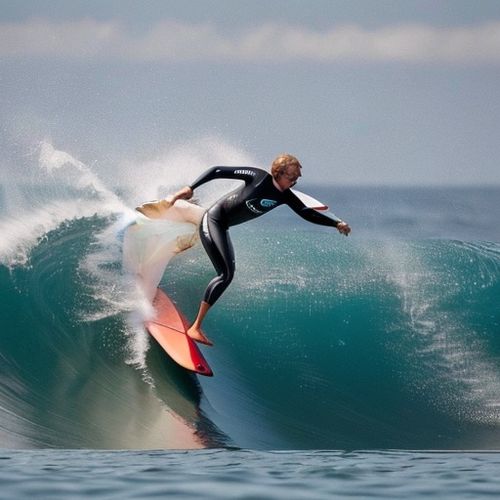
By Eric Ward/May 8, 2025

By Lily Simpson/May 8, 2025

By Jessica Lee/May 8, 2025
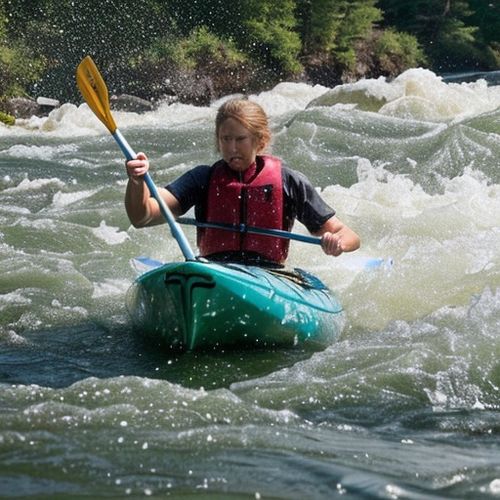
By Grace Cox/May 8, 2025

By Emily Johnson/May 8, 2025

By Rebecca Stewart/May 8, 2025

By George Bailey/May 8, 2025

By Sophia Lewis/May 8, 2025
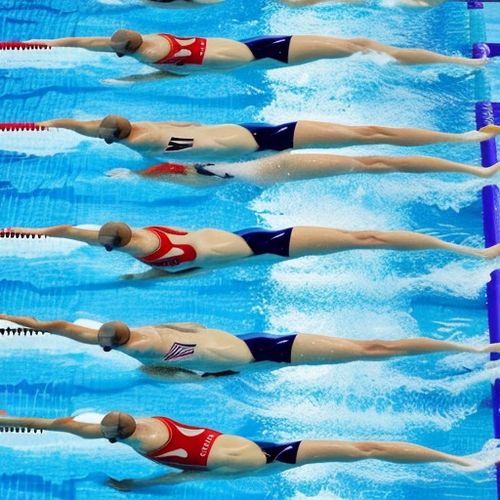
By George Bailey/May 8, 2025
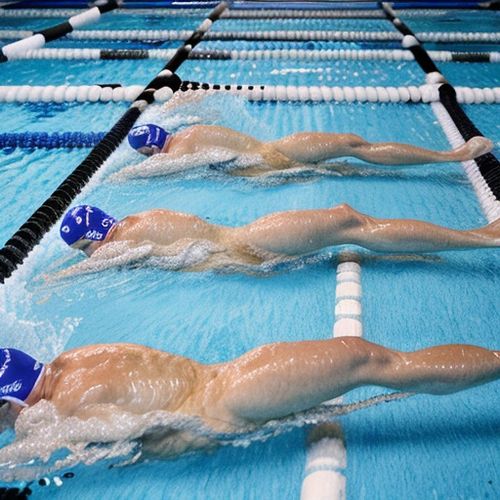
By Eric Ward/May 8, 2025
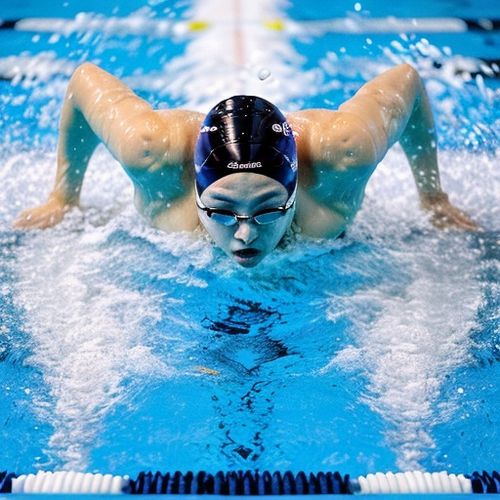
By James Moore/May 8, 2025
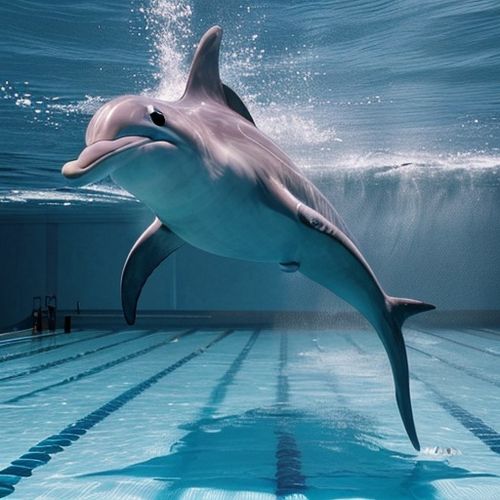
By Thomas Roberts/May 8, 2025

By Victoria Gonzalez/May 8, 2025
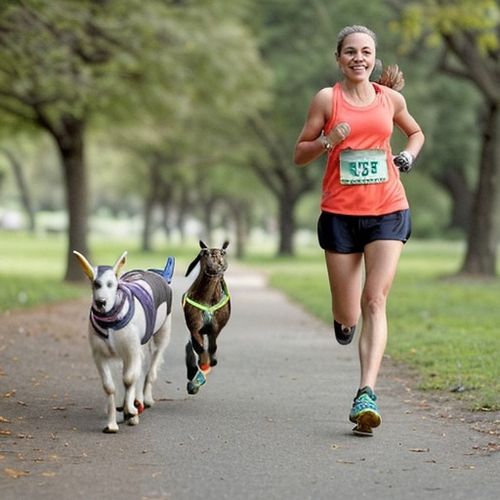
By Samuel Cooper/May 8, 2025

By David Anderson/May 8, 2025

By Joshua Howard/May 8, 2025

By Michael Brown/May 8, 2025

By Elizabeth Taylor/May 8, 2025

By Benjamin Evans/May 8, 2025

By Noah Bell/May 8, 2025